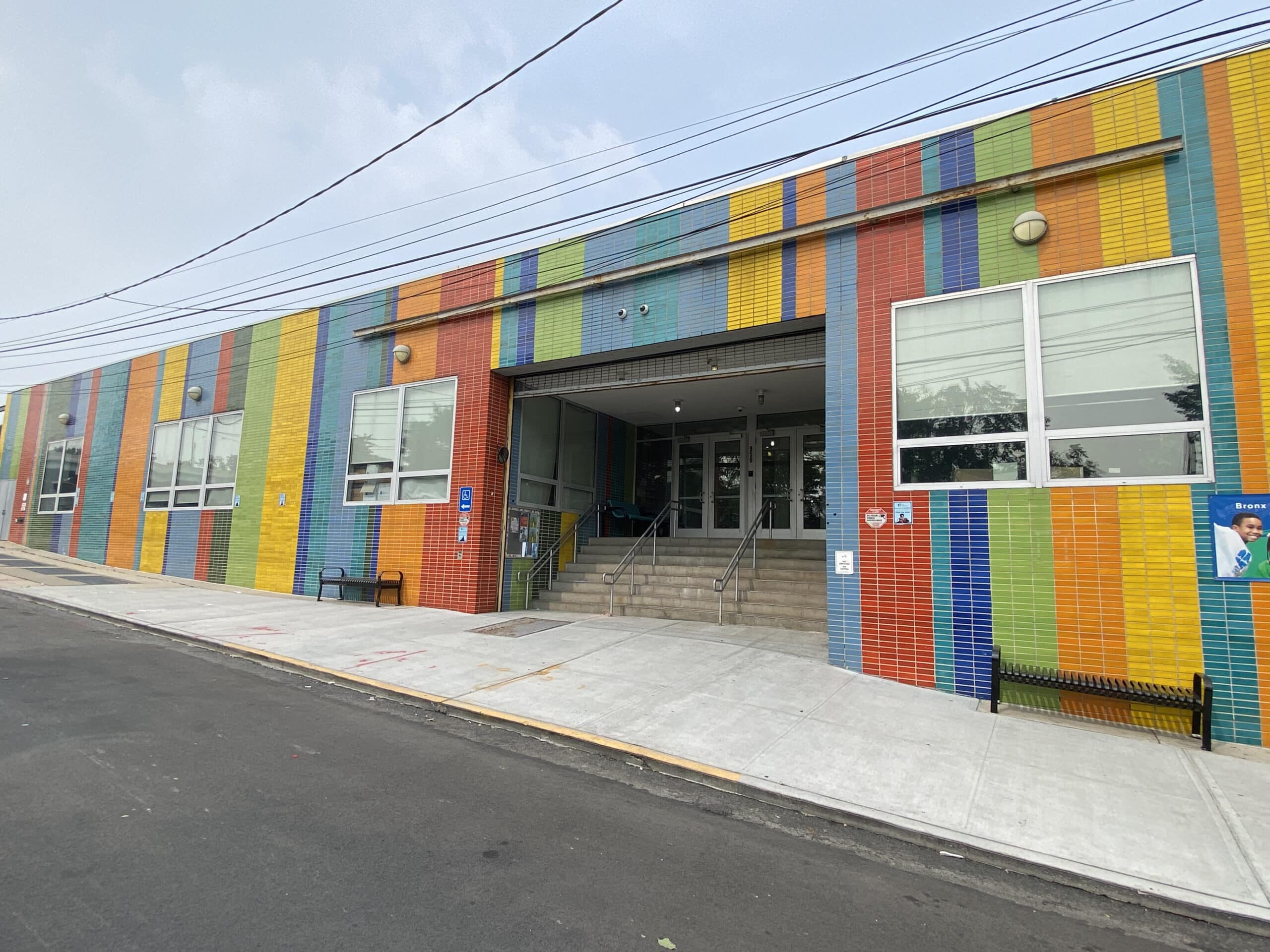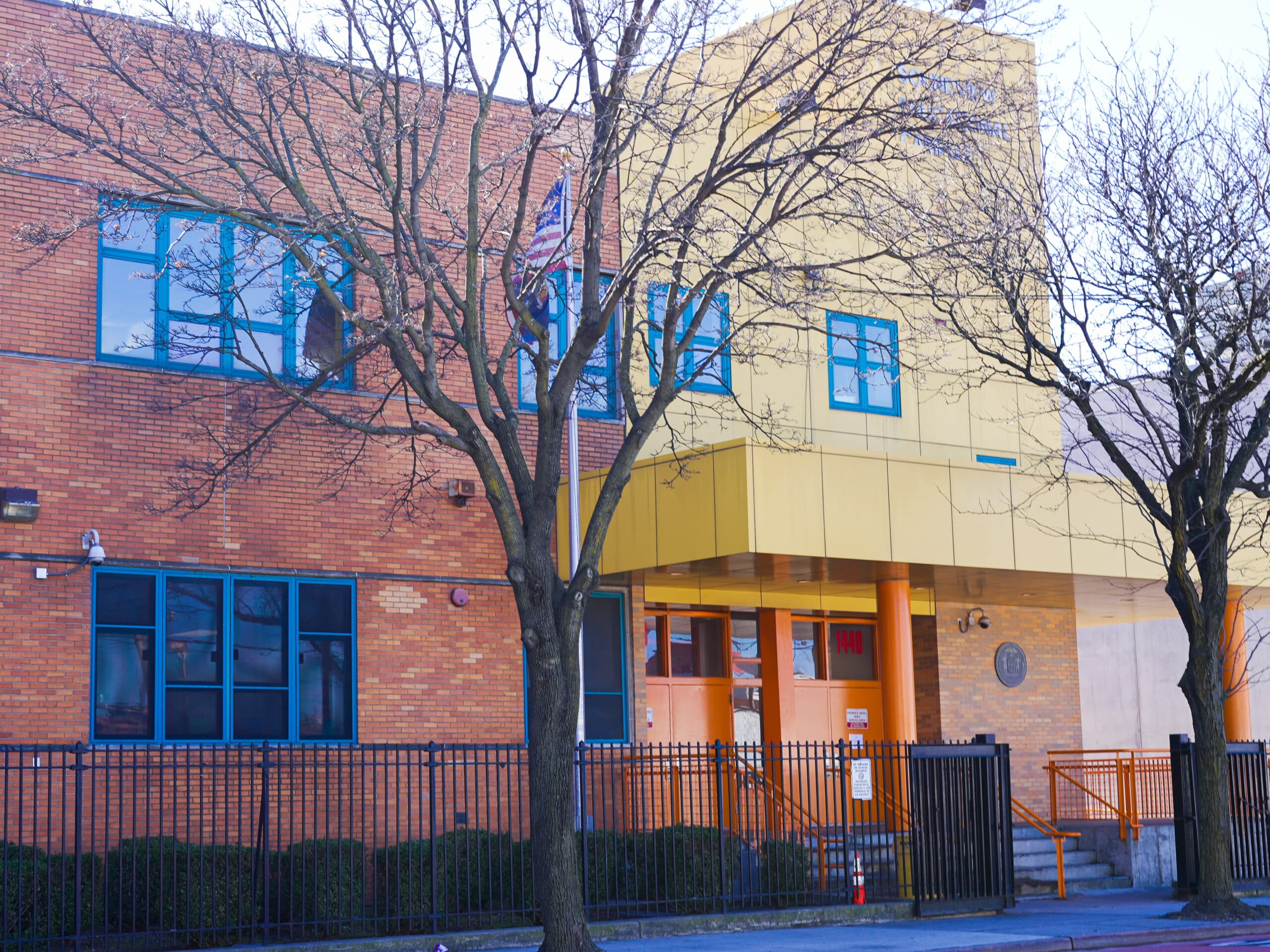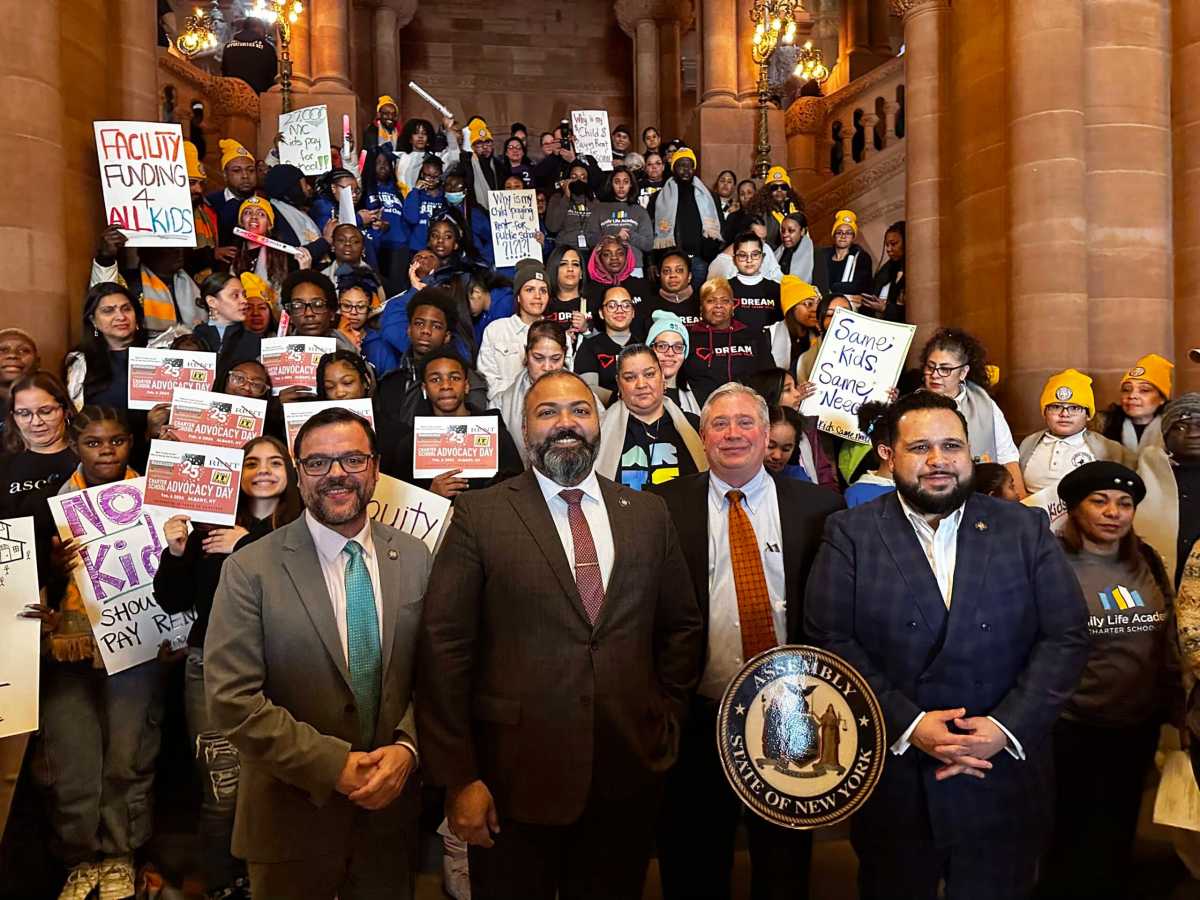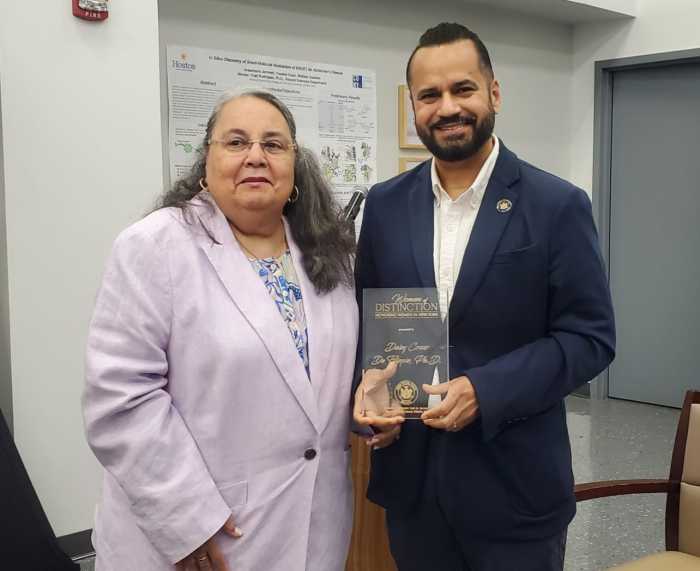More than 8,600 Bronx charter school students are not receiving rental assistance. This is because of a funding disparity going back 10 years that makes these charter schools pay rent rather than direct funds towards extracurricular and afterschool programs.
That may all change thanks to legislation announced by two Bronx electeds earlier this month at a rally in Albany celebrating 25 years of New York City charter schools.
State Senator Luis Sepulveda (SD-32) and Assembly Member John Zaccaro Jr. (AD-80) told hundreds of families, charter school leaders and advocates that their legislation (S8522) aims to amend the Facilities Access Law from 2014 by providing rental assistance for all of New York City’s charter schools and not just some.
The Facilities Access Law was not retroactive; it excluded privately located charter schools that had either grown to capacity or had established grades before that law was passed. This prevented those schools from adding grades or they now have a long waitlist. This issue also does not apply to charter that co-locates with other schools. The result over the last 10 years means these many Bronx charter schools are spending thousands on rent when those funds could go toward programs that add to their education. The borough has the most charter schools in the city with 94.
“Every child should receive a fair education,” Sepulveda said. “Eighty-five to 90% of charter students are Black or Brown and their schools are growing. Some schools go up to eighth grade and they’re stuck. Parents come to me and demand charters be treated much like the DOE schools.”
Crystal McQueen-Taylor, the executive director of Students First NY, a pro-charter advocacy group is pleased that the Sepulveda and Zaccaro, Jr. have created the legislation.
“In the Bronx, where 20% of students are attending the charter school,” she says. “There are over 8,600 students who are not seeing rental assistance. So they really understood that this bill that they have introduced will take steps to actually make sure that tuition dollars go into the classroom and go towards educating kids.”
Kathy Ortiz, the executive director of the Bronx Charter School for the Arts in Hunts Point, which has been around for 20 years, says her school has struggled with rental assistance since the Facility Access Law was passed. This has led her school’s families also to struggle.


“We have a track record of doing great things for the South Bronx for 20 years,” Ortiz says. “I feel like we do great things with one hand tied behind our backs. We offer morning care for some of our neediest families [but] I can only afford for 60 students to participate. I still have other families that could really benefit from morning care. We can’t afford a robust after-school program, and my parents can afford to hire a babysitter to pick the kids up from school or even at the bus stop.”
According to the New York City Charter School Center, the Facilities Access Law was passed thanks, in part, to intense negotiation. That included not having the law retroactive. The Center’s CEO, James Merriman, says including all schools would have been too expensive. But even after the law was passed, the work was not over in getting all charter schools equitably funded. The Center and other charter school advocates sought to get all schools included in the law, but it took a while to get the momentum going.
“I think in the early years,” Merriman explained, “people thought the deal had been done, and that was the deal. So it’s taken a while to gain support and for people to understand the issue. And so here we are today, thankfully. Obviously, we have to do the hard work of bringing other people on board and getting this passed.”
Merriman adds that the pandemic and the changing New York governors were part of the reason why support to change the law took a decade.
With the law both in the state Senate and the Assembly, relief, and hope may be on the horizon. However, legislation takes time, usually three to three and a half years on average, according to Sepulveda. What can be done to ensure the legislation stays afloat during that time?
“You need to lobby your members on the committees, reach out to parents and other electeds,” Sepulveda said. “Definitely speak with [Governor Hochul’s] team.”
Sepulveda also believes reaching out to Mayor Eric Adams and the City Council would be needed since the city foots most of the bill when it comes to budgeting for charter schools.
Merriman says the Center will be working with school leaders where they will tell their stories on how the law from 2014 has prevented them from giving their students an education and school services that could benefit from.
“What that translates into is,” Merriman says, “instead of hiring teachers and social workers, and providing more services for students, they have to divert some of their funding to pay for the building. Because you don’t have school without a school building.”
McQueen Taylor points to the hundreds of parents who traveled to Albany to mark 25 years of charter schools in New York City. She believes this is proof that parents are aware of their schools’ needs and are ready to campaign for the bill’s passing.
“They don’t want their dollars that are supposed to be going towards their education towards paying rent,” she says. “So parents are really educating their legislators and their representatives about this and getting them to take action on this bill.”
Ortiz is planning to have her school write letters and post videos on social media to gain more support for the bill. Maybe a rally during a school performance will happen. While she hasn’t met with Sepulveda and Zaccaro Jr., Ortiz says her door is always open. She also dreams about what she can do if the bill is passed and her budget is free to spend it on anything but rent.
“I could give my teachers significant raises,” Ortiz said. “I want to update Chromebooks like an iPad. And because we pay rent, those other things we sacrifice, updating technology in the classrooms, we have smart boards. Yes, we’ve done well. But imagine what we could do if we were given equitable funding.”



















